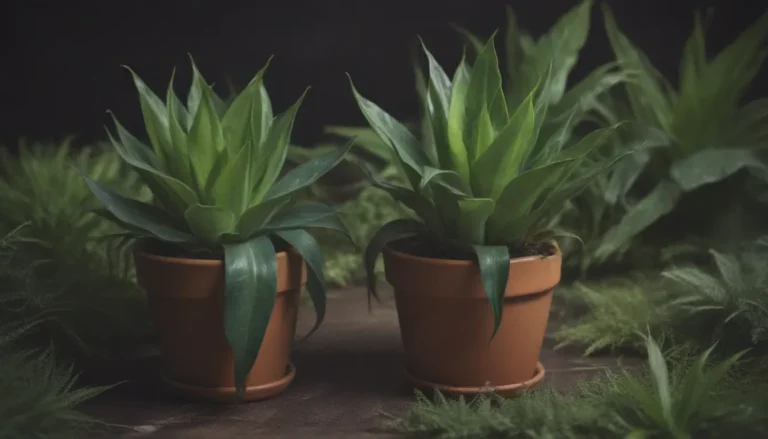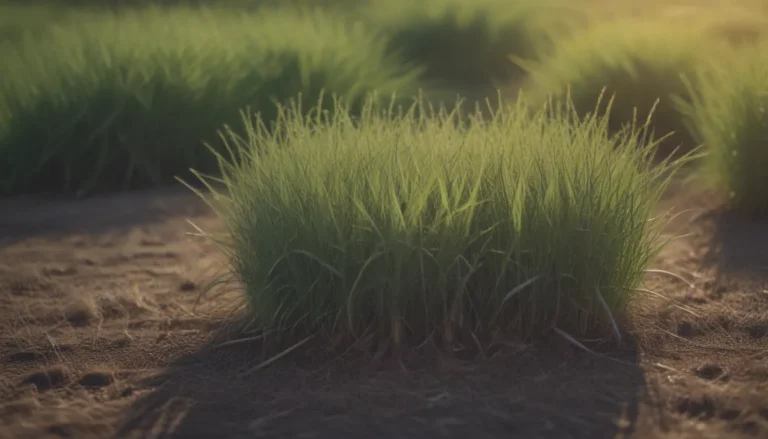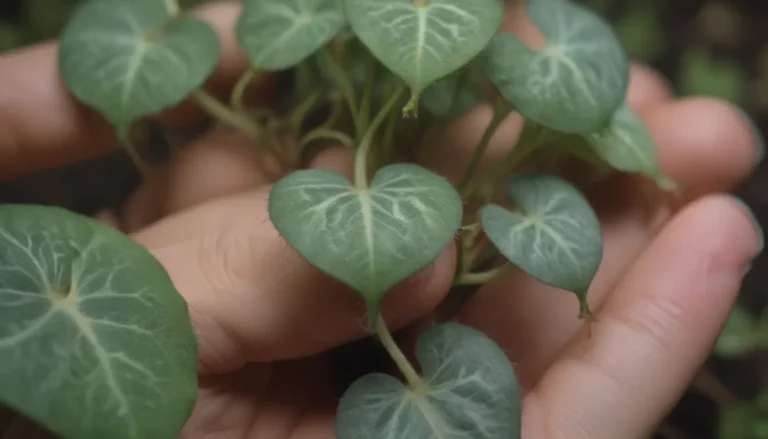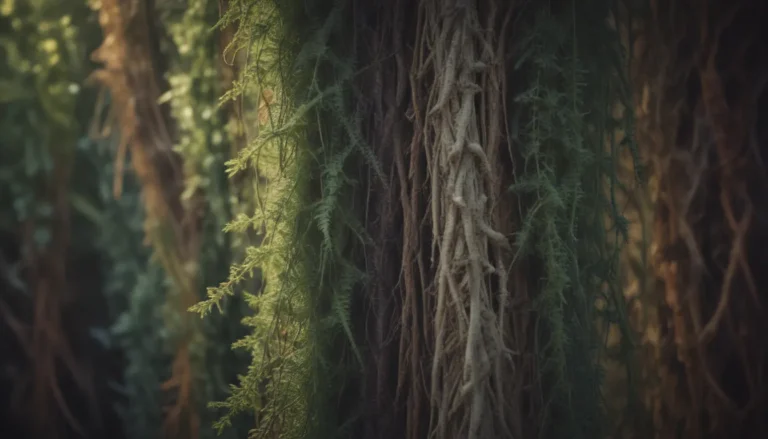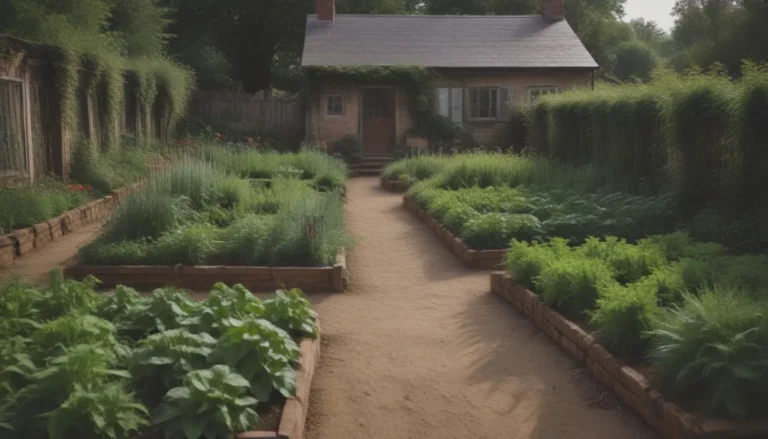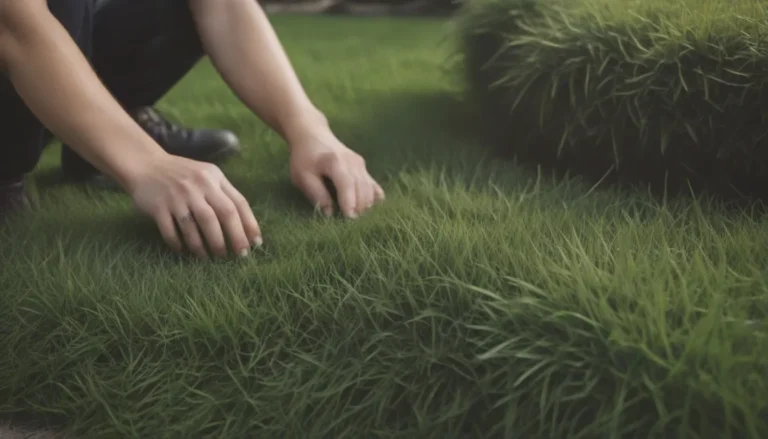Transforming Your Lawn with a Clover Makeover
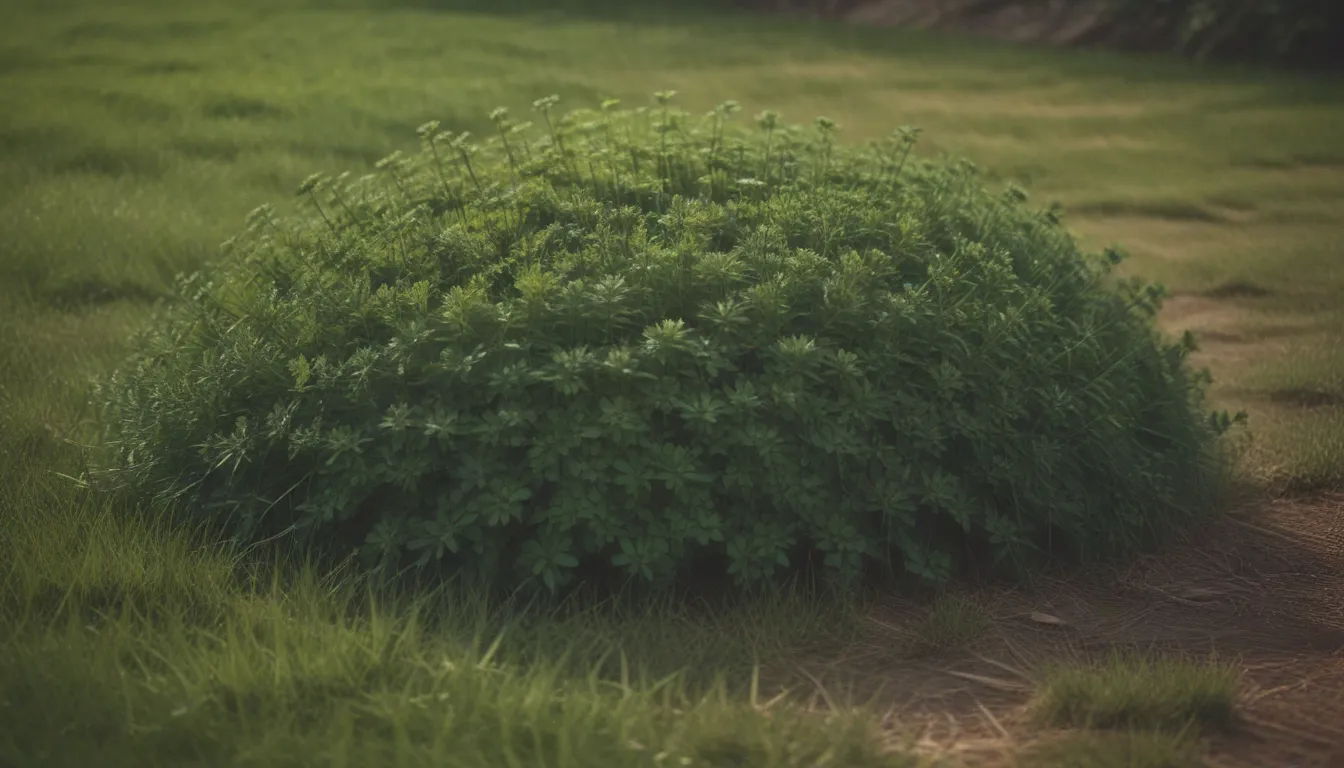
Are you tired of the high maintenance and water-guzzling nature of traditional turfgrass lawns? If so, it might be time to consider a more sustainable and eco-friendly option – a clover lawn. Clover lawns have been gaining popularity for their numerous benefits, from their lush green appearance to their ability to reduce the need for water and chemicals. In this comprehensive guide, we will explore why you should plant a clover lawn, how to do it properly, and other alternative options to consider. So, grab your gardening tools and let’s get started on transforming your lawn with a clover makeover!
Why Clover Lawns are the Way to Go
Clover is not just a pesky weed you find in your yard – it can actually be a valuable asset to your lawn. Here are some compelling reasons why you should consider planting a clover lawn:
-
Water Conservation: Traditional turfgrass lawns require a significant amount of water to stay green and healthy. In contrast, clover lawns are drought-tolerant and require far less water to thrive. This makes them an ideal choice for homeowners living in water-restricted areas or those looking to reduce their water consumption.
-
Low Maintenance: Unlike turfgrass that needs frequent mowing and fertilization, clover lawns are low-maintenance. While they do require occasional mowing, it is much less frequent compared to turfgrass lawns. Additionally, clover’s rapid growth helps choke out weeds, reducing the need for herbicides.
-
Natural Fertilizer: One of the unique benefits of clover is its ability to fix nitrogen from the atmosphere. This means that it can draw beneficial nitrogen from the air, eliminating the need for additional fertilization. As a natural fertilizer, clover promotes healthy soil and plant growth.
-
Pollinator Attraction: Clover is a favorite nectar source for bees and other pollinators. By planting a clover lawn, you can create a welcoming habitat for these essential creatures and help support biodiversity in your yard. However, it’s essential to note that an increased bee population may not be ideal for individuals with bee allergies or children.
-
Visual Appeal: Clover lawns closely resemble the lush aesthetic of traditional turfgrass, making them a visually pleasing alternative. When mixed with turfgrass, clover adds depth and texture to your lawn, creating a beautiful and dynamic landscape.
While clover lawns offer numerous benefits, it’s essential to consider some potential drawbacks before making the switch. Clover has poor shade tolerance, meaning it may not thrive in shaded areas of your yard. Additionally, it can attract stinging insects and may stain clothing if stepped on. However, with proper maintenance and care, these drawbacks can be minimized, allowing you to enjoy the many advantages of a clover lawn.
How to Plant Your Clover Lawn
Now that you’re convinced of the benefits of a clover lawn, it’s time to roll up your sleeves and get planting. Here’s a step-by-step guide on how to plant a clover lawn effectively:
Choose a Time to Plant
Before you begin planting your clover lawn, it’s essential to choose the right time. Early spring or early fall are the best times to plant clover seeds, as the soil is warm, and there is plenty of moisture for germination.
Dethatch the Lawn
Start by dethatching your lawn to remove any dead grass or debris that may inhibit clover seed germination. This will create a clean slate for your new clover lawn to thrive.
Spread the Clover Seeds
Evenly spread clover seeds over your prepared lawn area. You can use a broadcast spreader or simply scatter them by hand. Make sure to cover the entire area to ensure even growth.
Spread Topsoil
After spreading the seeds, lightly sprinkle topsoil over the area to help secure the seeds and provide them with nutrients for growth. This will also help protect the seeds from birds and other pests.
Water the Seeds
Water the newly planted clover seeds thoroughly to ensure proper hydration for germination. Keep the soil consistently moist but not waterlogged to promote healthy growth.
Keep the Seeds Moist
Continue to water the seeds regularly to keep the soil moist. Avoid letting the soil dry out, as this can hinder germination and growth. Consistent watering is key to establishing a healthy clover lawn.
Mow the Clover
Once the clover begins to grow, you can begin mowing it to maintain a neat and uniform appearance. Mow at a height of around 2-3 inches to encourage dense growth and suppress weeds.
By following these steps, you can successfully plant a clover lawn that will enhance the beauty of your yard and provide numerous environmental benefits. Remember to care for your clover lawn regularly by watering, mowing, and fertilizing as needed to keep it looking its best.
Exploring Other Turfgrass Alternatives
While clover lawns are an excellent choice for eco-conscious homeowners, there are other alternative options to consider for your lawn makeover. Here are some additional turfgrass alternatives that you may find appealing:
Moss Lawn
Moss lawns are a unique and low-maintenance alternative to traditional turfgrass. Moss thrives in shaded and moist areas, making it an excellent choice for shady yards or areas with poor soil quality. Moss lawns require little to no mowing and can add a beautiful, woodland-like aesthetic to your landscape.
Ground Cover Lawn
Ground covers such as creeping thyme, creeping Jenny, or ajuga are popular alternatives to turfgrass. These plants form dense mats that suppress weeds and require minimal maintenance. Ground cover lawns are ideal for high-traffic areas or areas where grass struggles to grow.
Desert Landscaping
Xeriscaping, or desert landscaping, is a water-efficient landscaping approach that utilizes drought-tolerant plants, rocks, and mulch to create a beautiful and sustainable landscape. Xeriscaping can help you reduce water consumption, lower maintenance costs, and create a unique and environmentally friendly outdoor space.
Gravel and Rocks
For a modern and minimalist aesthetic, consider using gravel and rocks as a ground cover alternative. Gravel and rock landscaping is low-maintenance, durable, and can add a contemporary touch to your yard. This option is ideal for areas with poor soil quality or where water conservation is a priority.
Before making a decision on your lawn makeover, it’s essential to research and consider all available options to find the best fit for your yard and lifestyle. Whether you choose a clover lawn, moss lawn, ground cover lawn, xeriscaping, or gravel landscaping, you can create a beautiful and sustainable outdoor space that reflects your eco-conscious values.
In conclusion, transforming your lawn with a clover makeover can have a positive impact on your home’s aesthetics and the environment. By planting a clover lawn, you can enjoy a lush and low-maintenance lawn that conserves water, supports pollinators, and reduces the need for harmful chemicals. With proper care and maintenance, your clover lawn will thrive and provide you with a beautiful and sustainable outdoor space for years to come. So, why wait? Make the switch to a clover lawn today and reap the benefits of a greener and healthier lawn!
